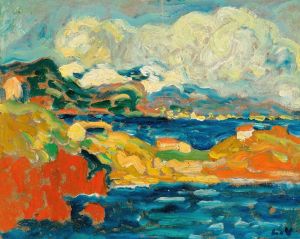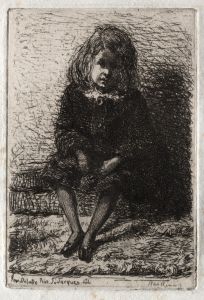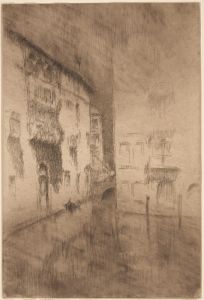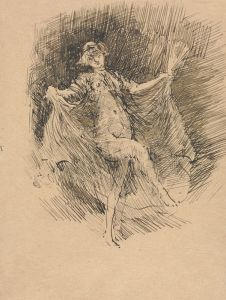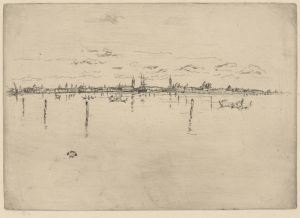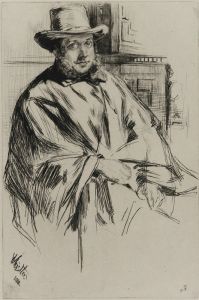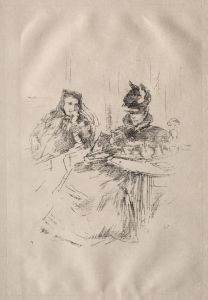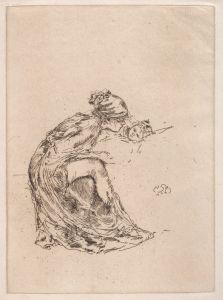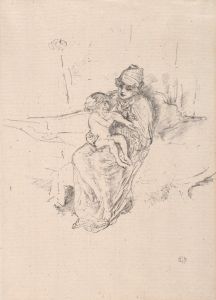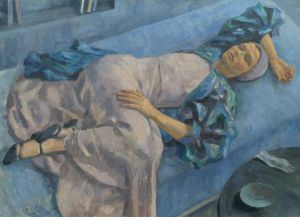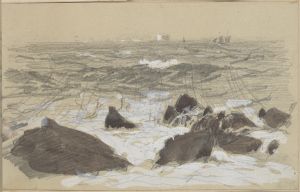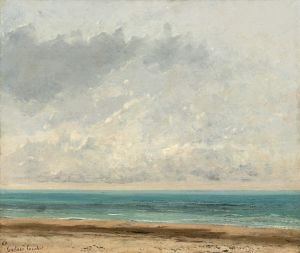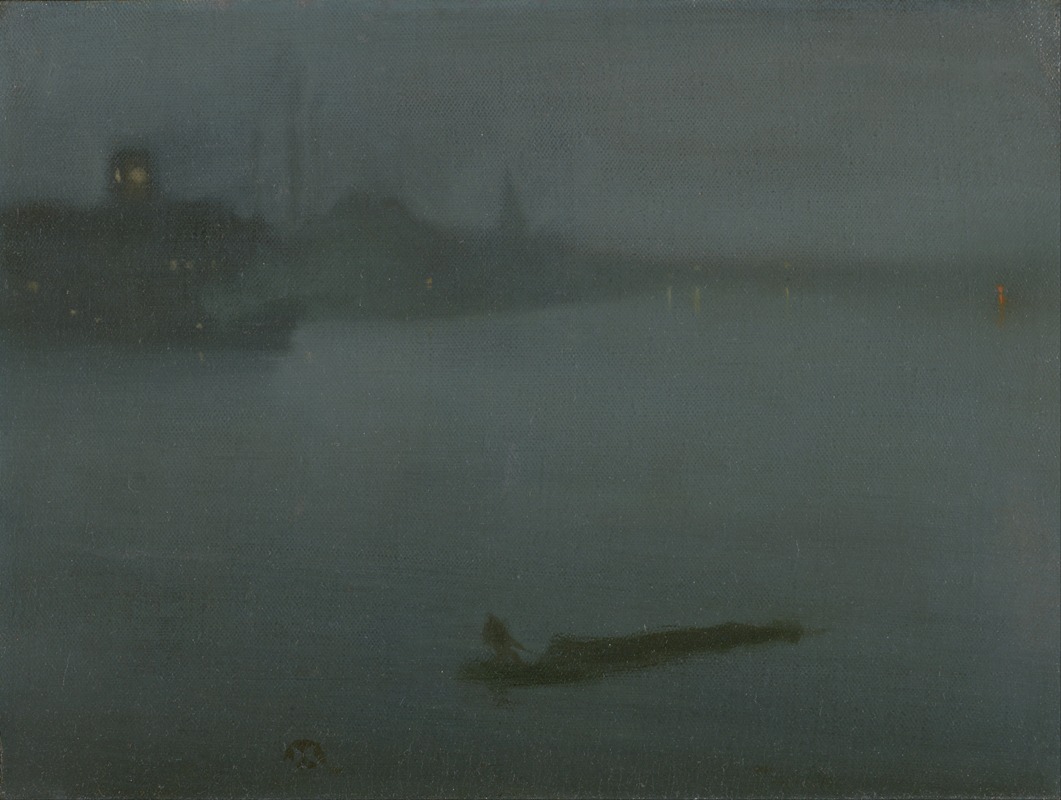
Nocturne in Blue and Silver
A hand-painted replica of James Abbott McNeill Whistler’s masterpiece Nocturne in Blue and Silver, meticulously crafted by professional artists to capture the true essence of the original. Each piece is created with museum-quality canvas and rare mineral pigments, carefully painted by experienced artists with delicate brushstrokes and rich, layered colors to perfectly recreate the texture of the original artwork. Unlike machine-printed reproductions, this hand-painted version brings the painting to life, infused with the artist’s emotions and skill in every stroke. Whether for personal collection or home decoration, it instantly elevates the artistic atmosphere of any space.
James Abbott McNeill Whistler's "Nocturne in Blue and Silver" is a celebrated example of the artist's innovative approach to painting, particularly his exploration of mood and atmosphere over detailed representation. Whistler, an American-born artist who spent much of his career in Europe, is renowned for his contributions to the Aesthetic Movement, which emphasized art for art's sake and prioritized beauty and harmony over narrative content.
"Nocturne in Blue and Silver" is part of Whistler's series of "Nocturnes," a term he borrowed from the world of music to describe his paintings that capture the subtle tones and atmospheric effects of twilight or night. These works are characterized by their subdued color palettes and emphasis on mood, often depicting scenes of rivers, harbors, or cityscapes enveloped in mist or darkness.
The painting exemplifies Whistler's mastery of tonal harmony, using a limited palette dominated by shades of blue and silver to evoke a sense of tranquility and introspection. The composition is typically sparse, with forms often reduced to their most essential outlines, allowing the viewer's imagination to fill in the details. This approach reflects Whistler's belief that art should appeal to the senses and emotions rather than convey a specific story or message.
Whistler's "Nocturnes" were influenced by several factors, including Japanese art, which he greatly admired for its simplicity and emphasis on harmony. The influence of Japanese aesthetics is evident in the painting's composition and use of space, as well as in the artist's focus on capturing fleeting moments and the transient effects of light and atmosphere.
The "Nocturne in Blue and Silver" series also reflects Whistler's interest in music, particularly the works of composers like Frédéric Chopin, whose nocturnes inspired the mood and titles of Whistler's paintings. By drawing parallels between music and painting, Whistler sought to elevate the status of visual art, emphasizing its capacity to evoke emotion and create an immersive experience for the viewer.
Whistler's approach to art was not without controversy. His emphasis on aesthetic beauty and mood over realism and narrative was met with criticism from some quarters, most notably from the art critic John Ruskin. Ruskin's harsh critique of Whistler's work led to a famous libel lawsuit in 1878, which Whistler won, although he was awarded only a nominal sum. The trial, however, brought significant attention to Whistler's work and ideas, solidifying his reputation as a leading figure in the Aesthetic Movement.
Today, "Nocturne in Blue and Silver" is celebrated for its innovative approach and its contribution to the development of modern art. Whistler's exploration of mood, atmosphere, and the interplay of color and light paved the way for future movements, such as Impressionism and Symbolism, which similarly sought to capture the ephemeral and subjective nature of experience.
The painting remains an important part of Whistler's legacy, exemplifying his belief in the power of art to transcend narrative and evoke a purely aesthetic response. It continues to be studied and admired for its subtle beauty and its role in challenging traditional notions of what art could be.





